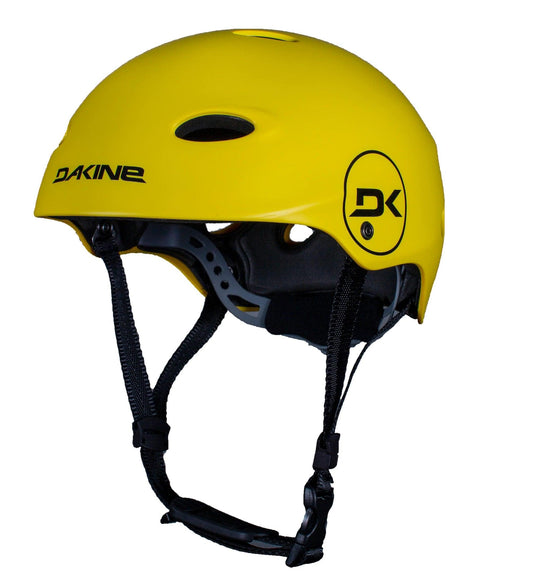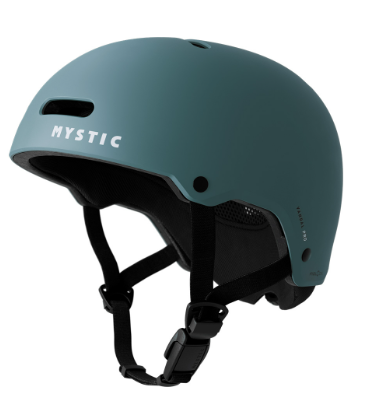
Helmets | Kite/ Wing/ Foil
Head Safety | Kiteboarding/ Wing Foiling/ Foiling
Kiteboarding, wingfoiling and foiling are exciting water sports that come with inherent risks, particularly regarding head injuries. While not all riders wear helmets, they offer crucial protection against impacts from boards, foils, and water obstacles, as well as providing sun protection. The debate around helmet use often centers on comfort and sensory awareness, with some riders concerned about restricted movement and hearing limitations. However, helmets are especially recommended for beginners and during high-risk moments like kite launches, landings and the wing foiling an foiling learning journey.
There are three main types of water-specific helmets to choose from: foam helmets, impact hats, and conventional kiteboarding/wing foiling helmets. Foam helmets are ultralight and offer excellent buoyancy, while impact hats provide a low-profile alternative with moderate protection. Conventional helmets, featuring a hard outer shell and impact-absorbing foam lining, offer the highest level of protection and are ideal for extreme conditions or areas with potential hazards like rocks and reefs.
When selecting a helmet, riders should consider factors such as the level of protection needed, comfort, buoyancy, and proper ventilation. The helmet should fit snugly but comfortably, sitting level on the head and positioned low on the forehead (about one to two finger widths above the eyebrows).
While helmet use remains a personal choice, many experienced riders and instructors recommend wearing one, particularly in challenging conditions. As these sports continue to evolve, there's a growing trend of professional riders wearing helmets during competitions, highlighting the importance of safety gear in our sports.
Read this blog about Safety Gear on the IKO website: Helmet : Make a difference by wearing one
Join the Instagram movement - #wearahelmetlikeapro
Top 4 Helmets for Hydrofoil & Kite Safety
Subscribe to our newsletter
Promotions, new products and sales. Directly to your inbox.
















